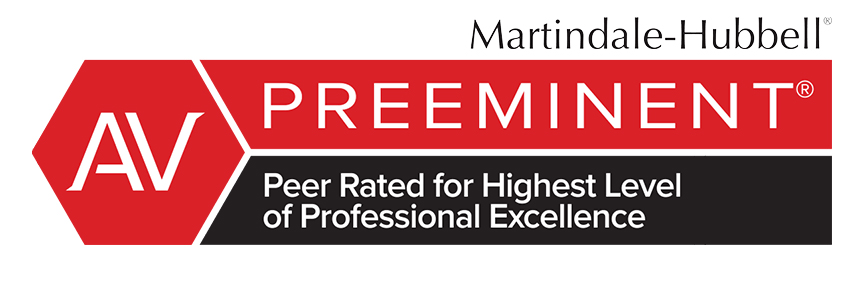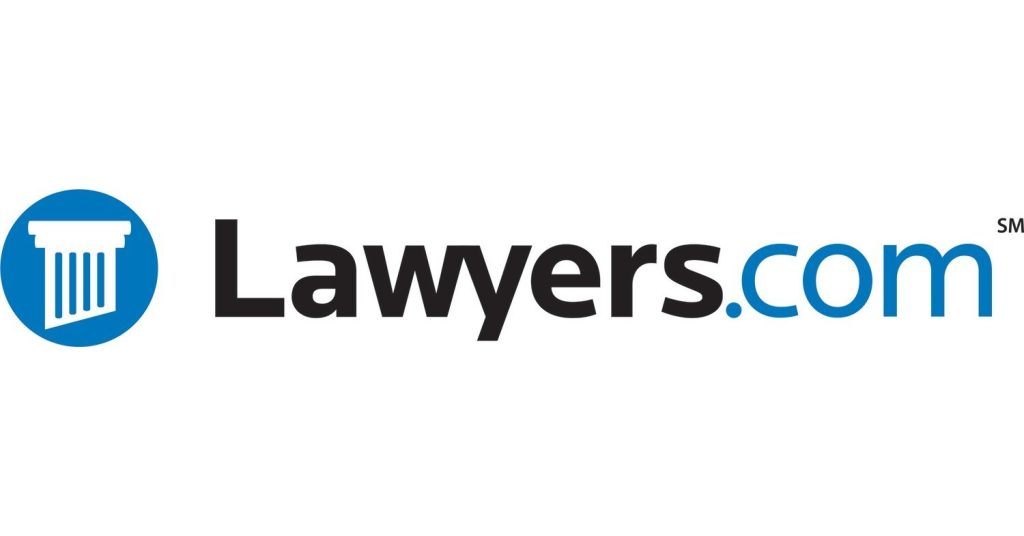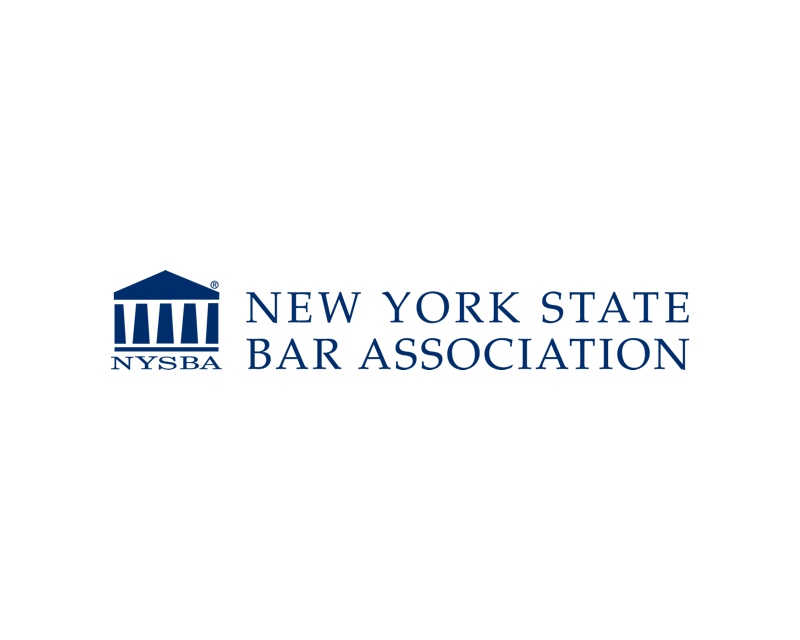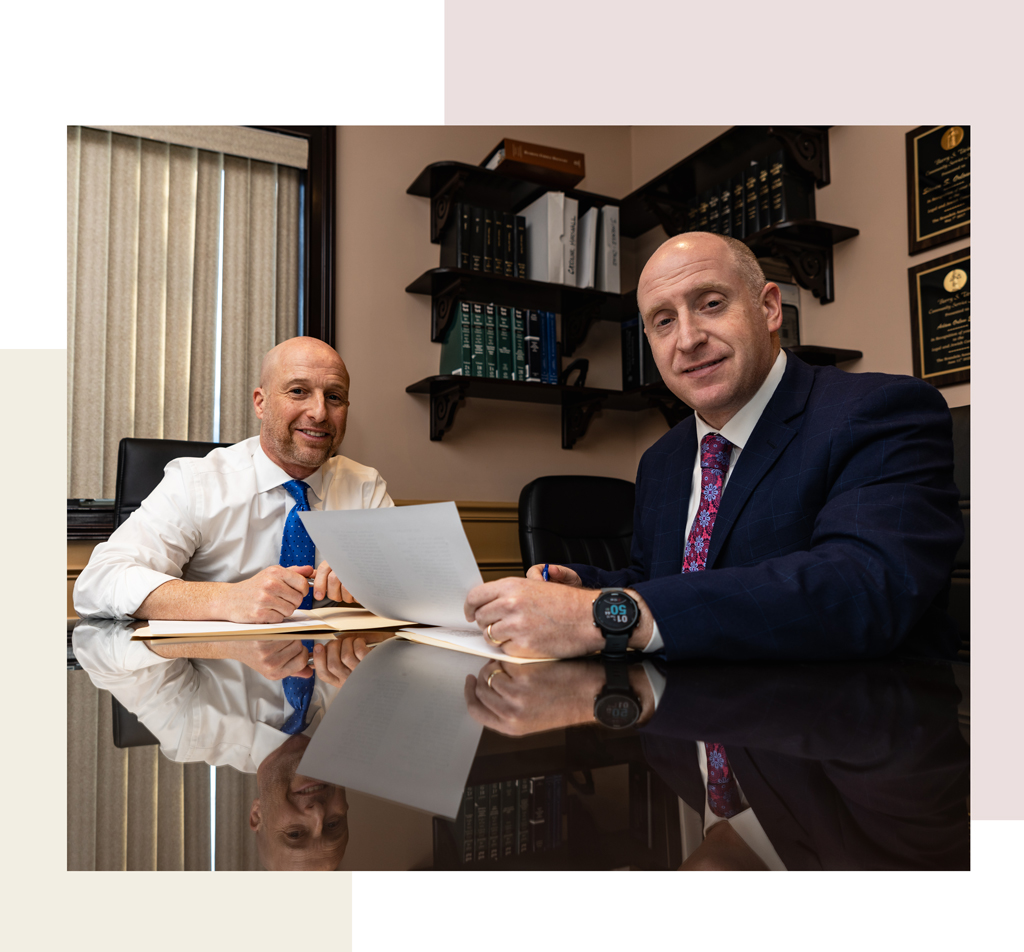What’s the Difference Between Worker’s Compensation and Personal Injury in New York?
Quick Answer: In New York, workers’ compensation covers injuries that happen on the job, regardless of who’s at fault, and provides medical care and wage replacement—but you usually can’t sue your employer. A personal injury claim, on the other hand, requires proving fault and can offer broader compensation, including pain and suffering, especially if a third party caused the injury.
Understanding Worker’s Compensation in New York
Understanding Worker’s Compensation in New York is crucial for anyone who has suffered a workplace injury and is navigating the complex landscape of personal injury claims in New York City. Worker’s Compensation is a state-mandated insurance program that provides benefits to employees who suffer job-related injuries or illnesses. It is designed to ensure that injured workers receive necessary medical care and financial support without the need to prove fault or engage in lengthy litigation processes.
In New York, the Worker’s Compensation system is governed by the New York State Workers’ Compensation Board. This board oversees the implementation of laws and ensures that both employees and employers adhere to the regulations set forth to protect injured workers. Here’s a breakdown of how Worker’s Compensation works in New York:
- No-Fault System: One of the key features of New York Workers’ Compensation is that it operates under a no-fault system (Workers’ Comp. Law § 10). This means that employees are entitled to benefits regardless of who was at fault for the injury. This is particularly important in a bustling city like NYC, where workplace accidents can occur frequently due to the fast-paced and often hazardous work environments.
- Medical Benefits: Worker’s Compensation covers all necessary medical treatments related to the injury. This includes doctor visits, hospital stays, surgeries, medications, and rehabilitation services. In New York, injured workers have the right to choose their healthcare provider from a list of authorized providers.
- Lost Wages: If an injury prevents an employee from working, Worker’s Compensation provides wage replacement benefits. Typically, these benefits amount to two-thirds of the worker’s average weekly wage, subject to a maximum limit set by New York law.
- Permanent Disability Benefits: For workers who suffer permanent injuries, Worker’s Compensation may provide additional benefits based on the severity and impact of the disability.
- Death Benefits: In tragic cases where a workplace injury results in death, Worker’s Compensation offers benefits to the deceased worker’s dependents, including funeral expenses and a portion of the worker’s wages.
While Worker’s Compensation provides essential support to injured employees, navigating the system can be complex, especially in a diverse and dynamic city like New York. Understanding your rights and the benefits you are entitled to is vital. If you or a loved one has been injured on the job, reaching out to a knowledgeable attorney can help you navigate the intricacies of your claim. For assistance, contact The Orlow Firm at (646) 647-3398 to discuss your case with experienced New York Worker’s Compensation lawyers who can provide guidance tailored to your unique situation.
Exploring Personal Injury Claims in New York
Personal injury claims in New York cover a broad spectrum of incidents where an individual suffers harm due to another party’s negligence or intentional actions. These claims are governed by tort law, which is designed to provide relief to the injured party and deter others from committing similar offenses. Understanding the nuances of personal injury claims in New York, particularly in the bustling environment of New York City, is crucial for anyone considering pursuing such a claim.
Types of Personal Injury Claims
In New York, personal injury claims can arise from various situations, including:
- Motor Vehicle Accidents: This includes accidents involving cars, trucks, motorcycles, bicycles, and pedestrians. New York’s no-fault insurance system requires drivers to carry Personal Injury Protection (PIP) coverage, which provides immediate benefits regardless of fault. However, serious injury thresholds must be met to pursue further compensation from the at-fault party.
- Slip and Fall Accidents: Property owners have a legal duty to maintain safe premises. If someone slips, trips, or falls due to a hazardous condition—such as a wet floor, uneven sidewalk, or poorly lit stairway—they may file a claim against the property owner.
- Medical Malpractice: When a healthcare professional fails to provide the standard of care, resulting in harm to a patient, a medical malpractice claim may be warranted. These cases often involve complex medical and legal issues.
- Construction Accidents: Given the prevalence of construction work in NYC, injuries on job sites are common. While workers’ compensation covers employees, third-party personal injury claims can be pursued if a non-employer’s negligence contributed to the injury.
- Product Liability: If a defective product causes injury, the manufacturer, distributor, or retailer may be held liable. This includes faulty machinery, contaminated food, or dangerous pharmaceuticals.
In New York, the statute of limitations for personal injury claims is generally three years from the date of the accident. This means you have three years to file a lawsuit in court. However, certain circumstances, such as claims against a government entity, may have shorter deadlines. It’s crucial to act promptly to preserve your rights.
Proving Negligence
To succeed in a personal injury claim, the injured party must prove that the defendant was negligent. This involves demonstrating:
- Duty of Care: The defendant owed a legal duty to the plaintiff.
- Breach of Duty: The defendant breached that duty through action or inaction.
- Causation: The breach caused the injury. This often requires showing that the injury would not have occurred “but for” the defendant’s actions.
- Damages: The plaintiff suffered actual harm or loss as a result.
Compensation in Personal Injury Claims
Successful personal injury claims can result in compensation for various damages, including:
- Medical Expenses: Covers past and future medical bills related to the injury.
- Lost Wages: Compensation for income lost due to the inability to work.
- Pain and Suffering: Monetary compensation for physical pain and emotional distress.
- Loss of Consortium: Compensation for the impact of the injury on family relationships.
Personal injury claims can be complex, involving detailed investigations and negotiations. At The Orlow Firm, we understand the challenges faced by injured individuals in New York City. If you or a loved one has been injured, our experienced attorneys are here to help. For a free consultation, call us at (646) 647-3398.
Key Differences Between Worker’s Compensation and Personal Injury
When it comes to understanding the key differences between Worker’s Compensation and Personal Injury claims in New York, it’s important to grasp how each system functions and the unique aspects of each. Both are designed to provide compensation to those who suffer injuries, but they operate under different rules and offer different types of benefits.
- Purpose: Worker’s compensation is a no-fault system, meaning it provides benefits to employees injured on the job, regardless of who was at fault. The primary goal is to ensure injured workers receive timely medical treatment and financial support. In contrast, personal injury claims are based on fault and are designed to compensate victims for injuries caused by someone else’s negligence, such as in car accidents or slip and fall incidents.
- Eligibility: Worker’s compensation is available exclusively to employees who are injured while performing their job duties. This includes a wide range of workers, from office staff to construction workers. Personal injury claims, however, can be pursued by anyone who suffers harm due to another party’s negligence, whether it occurs at work, on public property, or in a private setting.
- Compensation Types: The types of compensation available differ significantly between the two systems. Worker’s compensation typically covers medical expenses, a portion of lost wages, and rehabilitation costs. It does not, however, provide compensation for pain and suffering. Personal injury claims can cover a broader spectrum of damages, including medical expenses, full lost wages, pain and suffering, and even punitive damages in cases of egregious negligence.
- Legal Process: Filing a worker’s compensation claim is generally a more straightforward process that does not require proving fault. Claims are typically handled through the New York State Workers’ Compensation Board. On the other hand, personal injury claims often involve more complex legal proceedings, as the injured party must prove the other party’s negligence. This usually involves gathering evidence, negotiating with insurance companies, and potentially going to trial.
- Time Limits: The statute of limitations, or the time limit for filing a claim, also varies. In New York, injured workers must give written notice to their employer within 30 days (Workers’ Comp. Law § 18) and file a claim within two years (Workers’ Comp. Law § 28). In most New York personal-injury cases, the statute of limitations is three years from the date of the accident (CPLR § 214[5]), but this can vary depending on the specifics of the case.
Understanding these differences is crucial for determining the best course of action after an injury. If you or a loved one has been injured in New York, whether on the job or due to someone else’s negligence, it’s important to consult with an experienced attorney who can guide you through the complexities of the claims process. At The Orlow Firm, we are dedicated to helping you understand your rights and secure the compensation you may be entitled to. For personalized assistance, feel free to contact us at (646) 647-3398.
Eligibility Criteria for Worker’s Compensation vs. Personal Injury
When navigating the legal landscape of injuries, it’s crucial to understand the eligibility criteria for both worker’s compensation and personal injury claims in New York. Each type of claim serves a different purpose and has specific requirements, making it essential to determine which path is suitable for your situation.
Worker’s Compensation Eligibility
Worker’s compensation is designed to cover employees who are injured on the job, regardless of fault. In New York, most employers are required to carry worker’s compensation insurance, and the eligibility criteria generally include:
- Employment Status: You must be an employee, not an independent contractor. This distinction is crucial because independent contractors are not eligible for worker’s compensation benefits.
- Work-Related Injury: The injury must occur as a result of your job duties or within the scope of your employment. For instance, if you slip and fall in the office or are injured while operating machinery, you would likely qualify.
- Timely Reporting: You must report the injury to your employer within 30 days of the incident. Failing to do so could jeopardize your eligibility for benefits.
New York’s worker’s compensation system provides benefits such as medical expenses coverage, lost wages compensation, and rehabilitation support. However, it does not allow for the pursuit of additional damages for pain and suffering.
Personal Injury Claim Eligibility
Personal injury claims, on the other hand, are based on negligence and can be pursued when someone else’s actions or negligence directly cause you harm. The eligibility criteria include:
- Negligence: You must demonstrate that another party was negligent, meaning they failed to exercise reasonable care, resulting in your injury. For example, if you were injured in a car accident caused by a distracted driver, you may have a personal injury claim.
- Proof of Injury: You must show that the negligence led to actual injuries or harm. Medical records, photographs, and witness statements can serve as evidence.
- Statute of Limitations: In New York, the statute of limitations for personal injury claims is generally three years from the date of the injury. It’s important to file within this timeframe to preserve your right to seek compensation.
Unlike Workers’ Compensation, a personal-injury action may seek pain-and-suffering damages and, in rare cases, punitive damages when the defendant’s conduct is willful or wanton (Ross v. Louise Wise Servs., Inc., 8 N.Y.3d 478 [2007]).
Understanding these eligibility criteria is vital in making an informed decision about pursuing a claim. If you have questions about your specific situation or need legal assistance, please consider contacting The Orlow Firm at (646) 647-3398 for a consultation with our experienced New York personal injury attorneys. We are here to help you navigate these complex processes with compassion and experience.
Benefits and Compensation: Worker’s Compensation vs. Personal Injury
When it comes to understanding the benefits and compensation available through Worker’s Compensation versus Personal Injury claims in New York, it’s important to recognize the distinct nature of these two legal avenues. Each has its own set of benefits, limitations, and processes designed to aid injured individuals.
Worker’s Compensation Benefits
Worker’s Compensation in New York is a no-fault system. This means that employees do not need to prove their employer was negligent to receive benefits. The primary focus is on providing medical care and wage replacement for injured workers. Here’s what you can generally expect:
- Medical Expenses: Coverage for all necessary medical treatment related to the work injury, including doctor visits, surgeries, and medications.
- Lost-wage benefit: Workers’ Compensation pays up to ⅔ of the worker’s average weekly wage, subject to the statutory weekly maximums (Workers’ Comp. Law § 15[6]).
- Disability Benefits: Financial support based on the degree of your disability, whether temporary or permanent.
- Vocational Rehabilitation: Assistance with job training or finding new employment if you are unable to return to your previous role.
While Worker’s Compensation offers immediate relief, it does not cover non-economic damages such as pain and suffering. Moreover, it generally prevents employees from suing their employers for additional compensation.
Personal Injury Compensation
In contrast, a Personal Injury claim allows for more comprehensive compensation, especially in cases involving negligence. The benefits in a successful personal injury lawsuit can include:
- Medical Expenses: Reimbursement for all medical costs, similar to Worker’s Compensation.
- Lost Wages and Earning Capacity: Compensation for both past and future lost wages, including potential earnings lost due to long-term or permanent disability.
- Pain and Suffering: Compensation for physical pain and emotional distress experienced as a result of the injury.
- Loss of Consortium: Damages awarded to family members for loss of companionship or support.
- Property Damage: Compensation for any property that was damaged during the incident.
Unlike Worker’s Compensation, Personal Injury claims require proving that the injury was caused by someone else’s negligence. This is often a more complex and time-consuming process but can result in significantly higher compensation if successful.
In New York City, where workplace accidents and personal injuries are unfortunately common, navigating these legal pathways can be challenging. If you or a loved one has been injured, understanding your rights and options is crucial. The Orlow Firm is here to provide guidance and support. For personalized assistance, please contact us at (646) 647-3398.
Common Workplace Accidents and Personal Injury Scenarios in NYC
In New York City, bustling with activity and a diverse workforce, workplace accidents and personal injury incidents are unfortunately common. Understanding the typical scenarios that lead to either worker’s compensation claims or personal injury lawsuits can help you navigate your legal options if you find yourself injured.
Common Workplace Accidents in NYC
New York City is home to a wide range of industries, from construction to hospitality, each with its own set of risks. Here are some common workplace accidents that often lead to worker’s compensation claims:
- Construction Accidents: Due to the extensive building projects in NYC, construction workers are frequently exposed to hazardous conditions. Common accidents include falls from scaffolds, ladders, or roofs, and injuries from falling debris or equipment malfunctions.
- Slip and Fall Incidents: Slippery surfaces, uneven floors, and poorly maintained walkways can lead to slip and fall accidents in various workplaces, from office buildings to restaurants.
- Repetitive Strain Injuries: Jobs requiring repetitive motions, such as typing or assembling products, can result in conditions like carpal tunnel syndrome.
- Exposure to Hazardous Materials: Workers in industries dealing with chemicals or toxic substances may suffer from exposure-related illnesses or injuries.
- Transportation Accidents: Employees who drive as part of their job, such as delivery drivers, are at risk for vehicle-related accidents.
Personal Injury Scenarios in NYC
While workplace accidents typically fall under worker’s compensation, personal injury claims often arise from negligence by a third party. Here are some common personal injury scenarios in New York City:
- Motor Vehicle Accidents: With NYC’s dense traffic, collisions involving cars, motorcycles, and bicycles are frequent, often resulting in serious injuries.
- Pedestrian Accidents: The city’s crowded streets and intersections can be perilous for pedestrians, leading to injuries from being struck by vehicles.
- Premises Liability: Property owners have a responsibility to maintain safe environments. Injuries from slip and falls, inadequate security, or structural hazards can lead to personal injury claims.
- Product Liability: Defective or dangerous products, from electronics to pharmaceuticals, can cause harm, leading to lawsuits against manufacturers or retailers.
- Medical Malpractice: Errors in medical treatment or diagnosis by healthcare professionals can result in serious injuries or illnesses, warranting personal injury lawsuits.
Understanding these common scenarios is crucial for determining the appropriate legal path, whether it’s filing for worker’s compensation or pursuing a personal injury lawsuit. If you or a loved one has been injured in any of these situations, contacting a knowledgeable attorney can help you understand your rights and options. For a consultation, reach out to The Orlow Firm at (646) 647-3398.
Legal Rights and Protections for Injured Workers in New York
In New York, workers injured on the job are entitled to certain legal rights and protections designed to ensure they receive the care and compensation they need. Understanding these rights is crucial for anyone navigating the aftermath of a workplace injury. While both worker’s compensation and personal injury claims offer avenues for obtaining compensation, they operate under different legal frameworks and provide distinct benefits.
Worker’s Compensation Protections
- No-Fault System: Worker’s compensation in New York operates under a no-fault system. This means that employees are entitled to benefits regardless of who was at fault for the workplace accident. This system is designed to provide swift financial support and medical care to injured workers.
- Medical Coverage: Injured workers are entitled to receive necessary medical treatment related to their injury. This includes hospital visits, surgeries, rehabilitation, and any other medical expenses deemed necessary by a healthcare professional.
- Wage Replacement: If an injury prevents a worker from performing their job, they may be eligible for wage replacement benefits. Typically, this amounts to a portion of the worker’s average weekly wage, up to a maximum set by the state.
- Permanent Disability Benefits: If an injury leads to a permanent impairment, workers may be entitled to additional compensation based on the severity and impact of the disability.
- Vocational Rehabilitation: Should an injury prevent a worker from returning to their previous job, worker’s compensation may cover vocational rehabilitation services to help them acquire new skills and find alternative employment.
Legal Protections Beyond Worker’s Compensation
While worker’s compensation provides essential benefits, there are situations where a personal injury claim may be more appropriate, particularly if negligence by a third party contributed to the injury.
- Third-Party Claims: If a worker is injured due to the negligence of someone other than their employer or a co-worker, such as a contractor or equipment manufacturer, they may file a personal injury lawsuit. This can potentially result in additional compensation for pain and suffering, which is not covered under worker’s compensation.
- Retaliation Protections: New York law prohibits employers from retaliating against employees for filing a worker’s compensation claim. Any form of discrimination or wrongful termination in response to a claim is illegal and can lead to further legal action.
- Legal Representation: Workers have the right to seek legal representation to navigate their claims. An experienced attorney can help ensure that all entitlements are received and that any potential additional claims are pursued appropriately.
Understanding these rights and protections is essential for any worker dealing with the aftermath of a workplace injury. If you or a loved one has been injured on the job and need guidance, contacting a knowledgeable attorney can be a crucial step. The Orlow Firm is here to assist you through this challenging time. For a consultation, call us at (646) 647-3398.
Filing a Claim: Worker’s Compensation vs. Personal Injury in NYC
Filing a claim for either worker’s compensation or a personal injury lawsuit in New York City involves distinct processes and requirements. Understanding the differences can help you determine the best course of action following an injury. Here’s a closer look at what each entails:
- Worker’s Compensation Claims: If you are injured while performing your job duties, you may be eligible for worker’s compensation. This is a no-fault insurance system, meaning you do not need to prove that your employer was negligent. The process typically involves:
- Reporting the injury to your employer as soon as possible, ideally within 30 days.
- Filing a claim with the New York State Workers’ Compensation Board. This involves filling out specific forms and providing medical documentation of your injury.
- Awaiting a decision on your claim. If accepted, you will receive benefits to cover medical expenses and a portion of lost wages.
- Personal Injury Claims: These claims are filed when someone else’s negligence causes your injury, and they typically involve more complex legal proceedings. Key steps include:
- Gathering evidence of negligence, such as photographs, witness statements, and medical records.
- Filing a lawsuit in a New York court within the statute of limitations, which is generally three years from the date of the accident.
- Proving negligence in court, which involves demonstrating that the other party owed you a duty of care, breached that duty, and caused your injury as a result.
- Seeking compensation for damages, including medical bills, lost wages, and pain and suffering.
In New York City, the nuances of these processes can be particularly intricate due to the dense population and the variety of industries. For instance, a construction worker injured on the job may have both a worker’s compensation claim and a personal injury claim if a third party, such as a subcontractor, was negligent. It’s important to understand that these claims are not mutually exclusive, and pursuing both may be necessary to fully recover damages.
Given the complexities involved, consulting with a knowledgeable attorney can be invaluable. At The Orlow Firm, our experienced lawyers are dedicated to guiding you through the legal maze to ensure you receive the compensation you deserve. If you’re considering filing a claim or need more information, don’t hesitate to contact us at (646) 647-3398 for a compassionate and professional consultation.
Challenges in Navigating Worker’s Compensation and Personal Injury Claims
Navigating the complexities of worker’s compensation and personal injury claims in New York can be a daunting task, especially for individuals already dealing with the aftermath of an injury. Both types of claims have their own unique challenges that can make the process feel overwhelming.
Understanding Legal Jargon and Processes: One of the primary challenges is understanding the legal terminology and processes involved in each type of claim. Worker’s compensation claims often involve specific procedures and deadlines that must be adhered to strictly. Missing a deadline or failing to submit the correct documentation can jeopardize your claim. On the other hand, personal injury claims require proving negligence, which can be a complex legal standard to meet.
Distinguishing Between Claims: Another challenge is determining whether your situation qualifies for a worker’s compensation claim, a personal injury claim, or potentially both. Worker’s compensation is generally applicable when the injury occurs in the workplace, regardless of fault. Personal injury claims, however, require establishing that another party was negligent or at fault for your injuries. This distinction is crucial, as it affects the type of compensation you may be eligible to receive.
Gathering Evidence: Both types of claims require substantial evidence to support your case. For worker’s compensation, this often includes medical records, employment documentation, and incident reports. Personal injury claims typically require more extensive evidence, such as witness statements, expert testimony, and accident reconstruction, to establish negligence. In New York City, where accidents can occur in crowded and complex environments, gathering comprehensive evidence can be particularly challenging.
Dealing with Insurance Companies: Insurance companies play a significant role in both worker’s compensation and personal injury claims. They may attempt to minimize the payout or deny the claim altogether. Navigating negotiations with insurance companies requires knowledge of your rights and the ability to advocate effectively for fair compensation.
Legal and Financial Implications: The legal and financial implications of these claims can be significant. Worker’s compensation may cover medical expenses and a portion of lost wages, but it typically does not compensate for pain and suffering. Personal injury claims, conversely, can potentially provide compensation for a broader range of damages, including emotional distress, but they often involve a longer and more complicated legal process.
Given these challenges, it is crucial to have knowledgeable legal representation to guide you through the process. A skilled attorney can help ensure that all legal requirements are met, assist in gathering necessary evidence, and negotiate effectively with insurance companies. If you or a loved one is facing difficulties with a worker’s compensation or personal injury claim in New York, consider reaching out to The Orlow Firm at (646) 647-3398 for compassionate and professional assistance.
The Role of Negligence in Personal Injury Claims
In personal injury claims, negligence plays a critical role in determining whether an injured party is entitled to compensation. Negligence, in legal terms, refers to a failure to exercise the care that a reasonably prudent person would exercise in similar circumstances. This concept is central to personal injury law in New York and involves establishing four main elements: duty, breach, causation, and damages.
- Duty of Care: To prove negligence, the injured party must first show that the defendant owed them a duty of care. This means that the defendant was obligated to act in a way that would prevent harm to others. For example, a property owner in New York City has a duty to ensure that their premises are safe for visitors.
- Breach of Duty: Once duty is established, the next step is to prove that the defendant breached this duty. A breach occurs when the defendant’s actions or inactions fall short of what a reasonable person would do. For instance, if a driver runs a red light, they have breached their duty to obey traffic laws and drive safely.
- Causation: The injured party must demonstrate that the defendant’s breach of duty directly caused their injuries. This is often broken down into two parts: actual cause and proximate cause. Actual cause means that the injury would not have occurred ‘but for’ the defendant’s actions. Proximate cause involves the foreseeability of the injury as a result of the breach.
- Damages: Finally, the injured party must prove that they suffered actual damages as a result of the breach. This could include physical injuries, emotional distress, or financial losses such as medical expenses and lost wages.
It’s important to note that negligence does not always mean intentional harm. Instead, it refers to carelessness or a lack of attention to safety. In New York, if you are partially at fault for your injuries, you may still be able to recover damages under the state’s comparative negligence rule. This means that your compensation could be reduced by your percentage of fault, but you are not barred from recovery.
Given the complexities involved in proving negligence, it is crucial for individuals pursuing a personal injury claim to seek legal guidance. Each case is unique, and a qualified personal injury lawyer can help navigate the legal system, gather evidence, and build a strong case. If you or a loved one has been injured due to someone else’s negligence in New York City, contacting a knowledgeable attorney can be a vital step towards securing the compensation you deserve.
For compassionate and experienced legal assistance with your personal injury claim, contact The Orlow Firm at (646) 647-3398. Our team is dedicated to helping you understand your rights and fight for the justice you deserve.
How The Orlow Firm Assists with Worker’s Compensation and Personal Injury Cases
At The Orlow Firm, we understand the complexities and challenges involved in worker’s compensation and personal injury cases, particularly in the bustling environment of New York City. Our team of dedicated attorneys is committed to providing personalized and compassionate legal representation to ensure our clients receive the justice and compensation they deserve.
Comprehensive Case Evaluation
Every case begins with a thorough evaluation to understand the specifics of the incident and the injuries sustained. This helps us determine the best legal approach, whether it involves filing a worker’s compensation claim or pursuing a personal injury lawsuit. Our attorneys take the time to listen to your story, gather all necessary documentation, and evaluate the potential for a successful outcome.
Navigation of Worker’s Compensation Claims
Worker’s compensation claims can be particularly intricate due to the specific regulations governing them in New York. Our attorneys have extensive experience in navigating these complexities, ensuring that all paperwork is completed accurately and submitted on time. We work tirelessly to secure the medical benefits and lost wages to which our clients are entitled, and we advocate on their behalf in any disputes that arise during the process.
Strategic Personal Injury Litigation
For personal injury cases, we employ a strategic approach to litigation, focusing on proving negligence and the extent of damages suffered by our clients. Whether the injury occurred due to a slip and fall, a car accident, or any other negligent act, we gather comprehensive evidence, consult with expert witnesses, and build a strong case to seek the full compensation allowed under New York law for medical expenses, pain and suffering, and other recoverable damages.
Proven Track Record in NYC
The Orlow Firm has a proven track record of success in both worker’s compensation and personal injury cases. Some of our notable achievements include substantial settlements for construction workers injured on the job and significant verdicts for individuals harmed due to another’s negligence. Our success is a testament to our commitment to achieving the best possible outcomes for our clients.
Personalized Client Support
We pride ourselves on maintaining open and clear communication with our clients throughout the legal process. Our attorneys are always available to answer questions and provide updates on the progress of your case. We understand the stress and uncertainty that can accompany an injury, and we aim to provide support and reassurance every step of the way.
If you or a loved one has been injured and are unsure whether to pursue a worker’s compensation claim or a personal injury lawsuit, contact The Orlow Firm at (646) 647-3398 for a consultation. Our experienced team is here to guide you through the legal process and help you pursue the compensation to which you may be legally entitled.
Next Steps After an Injury: Contacting a New York Personal Injury Lawyer
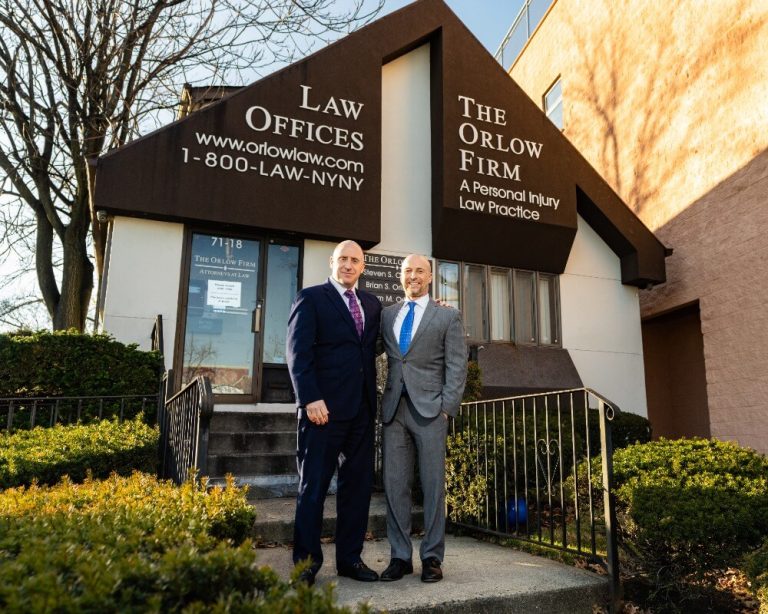
After experiencing an injury, whether at work or due to someone else’s negligence, it’s crucial to understand your legal options. Contacting a New York personal injury lawyer can make a significant difference in how your case is managed and resolved. Here’s what you should consider when taking this important step:
- Understand Your Rights: Being informed about your legal rights is the first step towards protecting them. A personal injury lawyer can explain the nuances of New York law, whether your situation involves worker’s compensation or a personal injury claim.
- Timely Action: New York has strict statutes of limitations for filing claims. For worker’s compensation, you typically have two years from the date of the injury to file a claim. Personal injury cases usually require you to file within three years. Contacting a lawyer promptly ensures that you don’t miss these critical deadlines.
- Case Evaluation: A skilled attorney will assess the specifics of your case, such as the cause of your injury, the extent of your damages, and potential liability. This evaluation is essential to determine the best course of action, whether pursuing a worker’s compensation claim or a personal injury lawsuit.
- Gathering Evidence: Evidence is crucial in both worker’s compensation and personal injury cases. A lawyer will assist in collecting medical records, accident reports, witness statements, and any other relevant documentation to build a robust case.
- Negotiation and Representation: Many cases are settled out of court. A lawyer will negotiate with insurance companies and other parties to secure a fair settlement. If an agreement cannot be reached, they will represent you in court to fight for your rights.
- Guidance: Navigating the legal system can be overwhelming. A personal injury lawyer provides guidance and support throughout the process, ensuring that you understand each step and what to expect.
If you or a loved one has been injured, don’t navigate this challenging time alone. Reach out to a trusted New York personal injury lawyer who can offer compassionate and professional help. At The Orlow Firm, we are dedicated to advocating for your rights and securing the compensation to which you may be legally entitled. For a consultation, please call us at (646) 647-3398.


